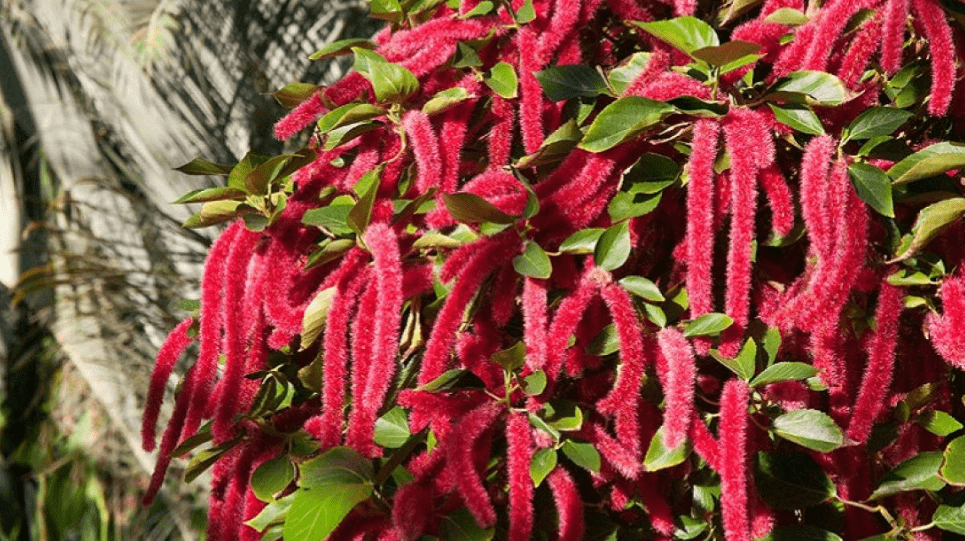
Growing Chenille Plants: Tips for Vibrant and Fuzzy Blooms
Chenille plants are known for their vibrant and fuzzy blooms, making them a popular choice for gardeners looking to add a unique touch to their outdoor space. In this post, we’ll explore the best tips and techniques for growing healthy and beautiful chenille plants, from proper care and maintenance to ensuring vibrant blooms. Whether you’re a seasoned gardener or just starting out, these tips will help you cultivate stunning chenille plants in your garden.
Table of Contents
ToggleUnderstanding Chenille Plants
A. What are Chenille Plants?
Chenille plants, also known as Acalypha hispida, are tropical shrubs known for their long, fuzzy, and vibrant red or pink blooms. They are commonly grown for their ornamental value and can add a pop of color and texture to any garden or landscape. Chenille plants thrive in warm, humid climates and are often grown as annuals or in containers in cooler regions. Their unique features include their striking, drooping flower spikes that resemble fuzzy caterpillars, and their ability to attract pollinators such as butterflies and bees.
B. Varieties of Chenille Plants
There are several varieties of Chenille Plants, including Acalypha pendula, Acalypha reptans, and Acalypha godseffiana. Each variety has unique characteristics and growth habits, so it’s important to research and choose the right variety for your specific gardening needs. Some varieties may have different flower colors or growth patterns, so be sure to consider these factors when selecting a Chenille Plant for your garden or landscape.
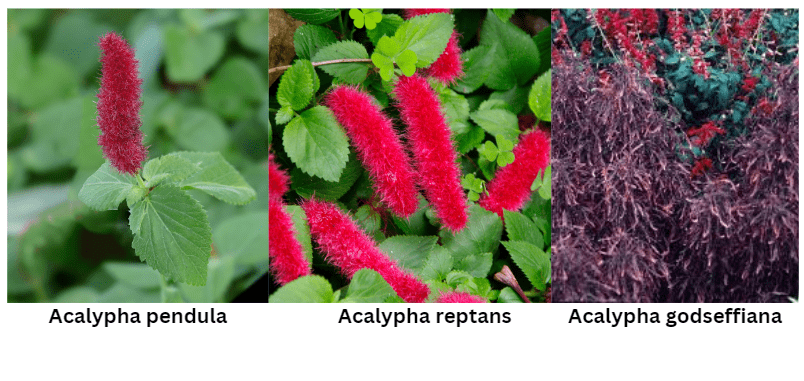
Preparing to Grow Chenille Plants
A. Choosing the Right Location
1. Ideal climate and hardiness zones
Chenille plants thrive in warm, humid climates and are best suited for hardiness zones 9-11. If you live in a cooler region, you can grow them as annuals or in containers. It’s important to provide them with a location that receives full to partial sunlight and is sheltered from strong winds to ensure their optimal growth and health.
2. Sunlight requirements
Chenille plants require full to partial sunlight to thrive. It’s important to choose a location that provides them with the right amount of sunlight to ensure their optimal growth and health. Be sure to consider the sun exposure when selecting a location for your Chenille Plant.
3. Space considerations
Chenille plants can grow quite large, so it’s important to consider the space requirements when choosing a location for them. Make sure the location has enough space for the plant to spread out and grow without being crowded by other plants or structures. Additionally, consider the height of the plant as it can grow quite tall, so be sure to provide enough vertical space for it to reach its full potential.
B. Selecting the Right Soil
To ensure optimal growth of the Chenille plant, it’s important to select well-draining soil with a slightly acidic to neutral pH level. Sandy or loamy soil with a pH level between 5.5 and 7.5 is ideal. Consider amending the soil with organic matter to improve its texture and nutrient content for the best results. Additionally, be mindful of the height of the plant as it can grow quite tall, so be sure to provide enough vertical space for it to reach its full potential.
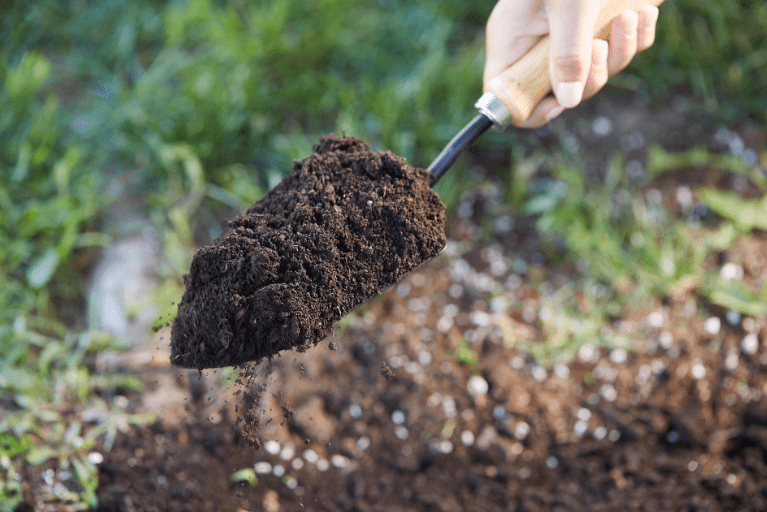
Planting Chenille Plants
A. Propagation Methods
When it comes to planting Chenille plants, there are a few different propagation methods to consider. You can propagate Chenille plants by seeds, cuttings, or division. If you choose to propagate by seeds, be sure to sow them in well-draining soil and keep them consistently moist until they germinate. Cuttings can be taken from mature plants and rooted in water or soil. Division involves separating the roots of an established plant to create new ones. Whichever method you choose, be sure to provide the proper care and environment for the new plants to thrive.
B. Planting Process
1. Timing for planting
The timing for planting Chenille plants can vary depending on your climate and growing conditions. In general, it is best to plant seeds or take cuttings in the spring when the weather is warming up and there is no longer a risk of frost. Division can be done in the spring or early fall when the plant is not actively growing. It is important to choose the right timing to give your new plants the best chance of success.
2. Spacing and depth considerations
When planting Chenille plants, it is important to consider spacing and depth. Ensure that you space the plants according to their mature size, as they can grow quite large. Plant them at least 18-24 inches apart to allow for proper air circulation and room for growth. As for depth, plant the seeds or cuttings at a depth of about 1/4 inch and cover with soil. If you are transplanting a division, make sure to plant it at the same depth as it was previously growing. Proper spacing and depth will ensure that your Chenille plants have enough room to thrive and grow to their full potential.
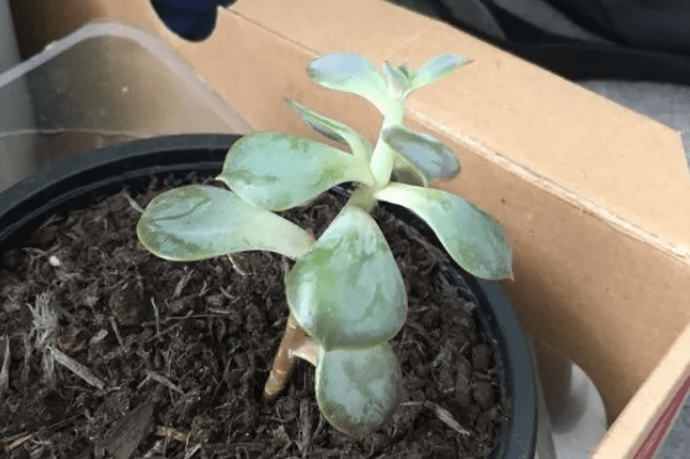
Caring for Chenille Plants
A. Watering
Fuzzy red plant should be watered regularly to keep the soil moist, but not waterlogged. It is important to water the plants at the base to avoid getting the foliage wet, which can lead to disease. Water deeply, allowing the water to penetrate the soil and reach the roots. During hot, dry weather, Chenille plants may need more frequent watering to prevent them from drying out. Mulching around the plants can also help to retain moisture in the soil. Overall, consistent watering is key to keeping your Chenille plants healthy and thriving.
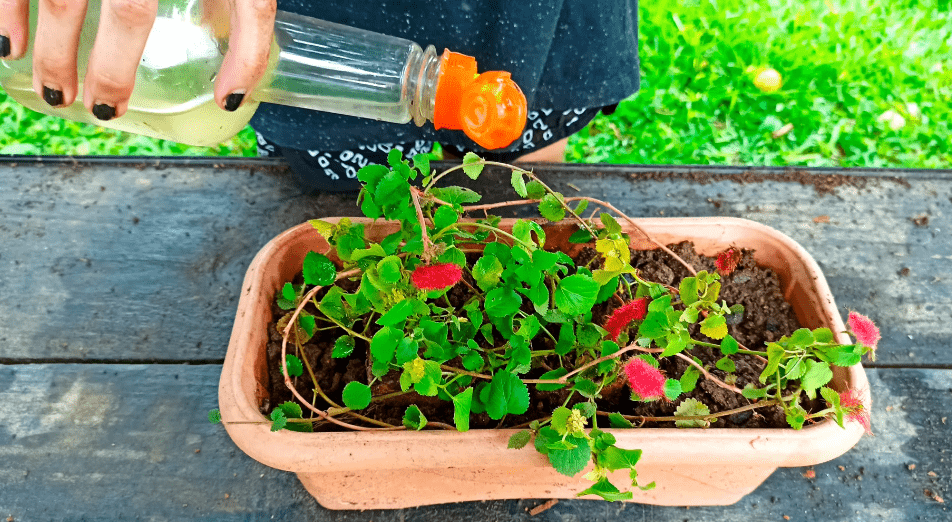
B. Fertilizing
Chenille plants benefit from regular fertilization during their active growing season. Use a balanced, water-soluble fertilizer every 2-4 weeks to provide essential nutrients for healthy growth and blooming. Be sure to follow the instructions on the fertilizer label for application rates and methods. It is best to fertilize Chenille plants in the morning or evening when the temperatures are cooler to avoid stressing the plants. Additionally, it is important to water the plants before and after fertilizing to ensure the nutrients are absorbed properly. With proper fertilization, yourFuzzy red plant will continue to produce vibrant blooms and lush foliage.
C. Pruning and Maintenance
When it comes to pruning and maintaining Chenille plants, it’s important to regularly remove any dead or damaged branches to encourage new growth and overall plant health. This can be done throughout the growing season as needed. Additionally, you can lightly trim the plant to shape it and promote a bushier, more compact growth habit.
It’s also important to regularly check for pests and diseases and address any issues promptly to prevent them from spreading. Keep an eye out for common pests such as aphids and spider mites, and treat them with an appropriate insecticide if necessary.
Lastly, it’s a good idea to periodically check the soil moisture and adjust your watering schedule as needed to ensure the plants are receiving adequate hydration. With proper pruning and maintenance, your Fuzzy red plant will thrive and continue to brighten up your garden or indoor space.
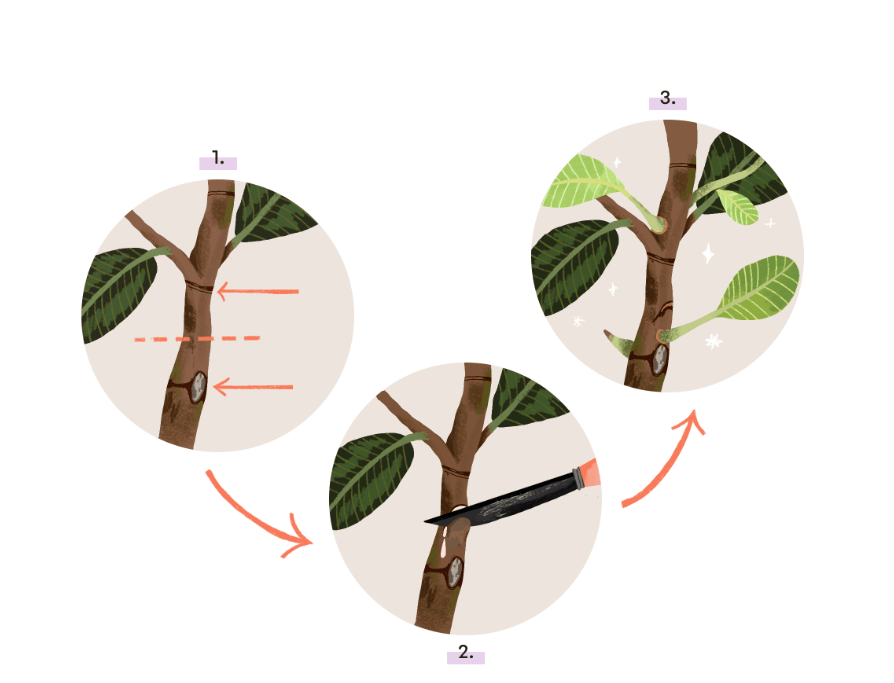
D. Pest and Disease Management
1. Common pests and diseases
Common pests and diseases that can affect Chenille plants include aphids and spider mites. It’s important to regularly check for these pests and treat them with an appropriate insecticide if necessary to prevent them from damaging the plant. Additionally, it’s important to promptly address any signs of disease to prevent them from spreading. Keeping an eye out for pests and diseases and addressing them promptly will help keep your Fuzzy red plant healthy and thriving.
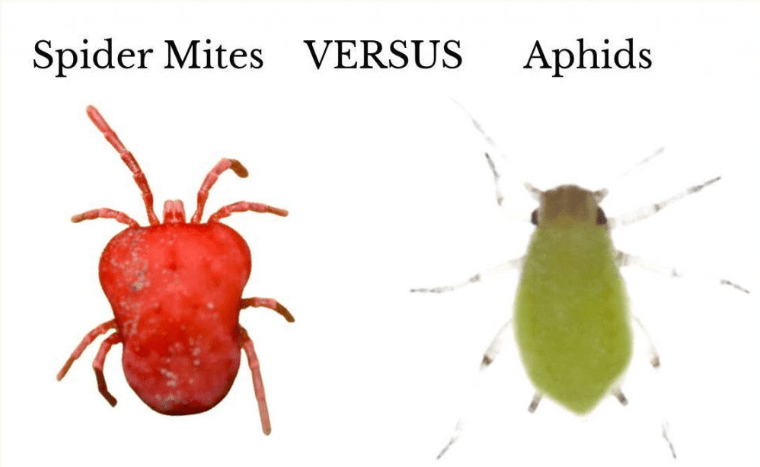
2. Natural and chemical control methods
There are natural and chemical control methods that can be used to manage pests and diseases on Chenille plants. Natural methods include using insecticidal soaps or neem oil to treat aphids and spider mites. Additionally, introducing beneficial insects such as ladybugs or lacewings can help control pest populations. For diseases, proper watering and air circulation can help prevent the spread of fungal infections. If chemical control is necessary, be sure to use products specifically labeled for use on Chenille plants and always follow the instructions carefully to ensure the safety of the plant and surrounding environment. Overall, a combination of natural and chemical control methods can effectively manage pests and diseases on Fuzzy red plant
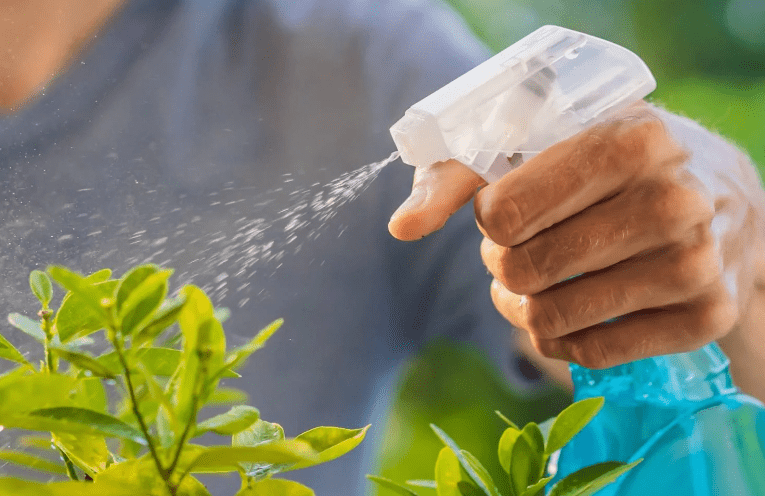
Encouraging Vibrant and Fuzzy Blooms
A. Understanding Bloom Cycles
Understanding the bloom cycles of Velvet plant is important for encouraging vibrant and fuzzy blooms. These plants typically have a blooming season from late spring to early fall, but some varieties may bloom year-round. To encourage blooming, it’s important to provide the right growing conditions, including plenty of sunlight and well-draining soil. Additionally, regular pruning and deadheading of spent blooms can help stimulate new growth and encourage more blooms. Fertilizing with a balanced, water-soluble fertilizer can also support blooming. By understanding the bloom cycles and providing the right care, you can help your Chenille plants produce vibrant and fuzzy blooms throughout the growing season.
B. Tips for Enhancing Bloom Vibrancy
To enhance the vibrancy of the blooms on your Chenille plants, consider providing consistent care and attention. This includes ensuring they receive adequate sunlight and well-draining soil, as well as regular pruning and deadheading of spent blooms to encourage new growth. Additionally, fertilizing with a balanced, water-soluble fertilizer can support blooming and overall plant health. By following these tips and understanding the bloom cycles of Velvet plant, you can help maintain vibrant and fuzzy blooms throughout the growing season.
C. Troubleshooting Bloom Issues
If you are experiencing issues with the bloom vibrancy of your Chenille plants, there are a few common issues to consider. First, make sure your plants are receiving enough sunlight, as inadequate light can lead to poor blooming. Additionally, check the soil drainage and water levels to ensure the plants are not experiencing any stress from waterlogged or dry soil. It’s also important to monitor for any signs of pests or diseases that may be affecting the plant’s ability to produce vibrant blooms. By addressing these potential issues and providing the right care, you can help your Velvet plant maintain healthy and vibrant blooms throughout the growing season.
Creative Uses for Chenille Plants
A. Ornamental Uses
Chenille plants can be used in a variety of creative and ornamental ways in your garden or landscape. They are often used as a colorful and eye-catching addition to flower beds, borders, and containers. Their unique and vibrant blooms can also be used in floral arrangements and bouquets, adding a pop of color and texture. Additionally, the fuzzy, velvety texture of the flowers and leaves can create an interesting contrast when paired with other plants in a mixed garden or landscaping design. Consider incorporating Chenille plants into your outdoor space to add a touch of whimsy and visual interest.
B. Indoor Growing
Velvet plant can also be grown indoors as a unique and colorful houseplant. Their vibrant blooms and fuzzy texture make them a visually appealing addition to any indoor space. They can be grown in hanging baskets or pots and can thrive in bright, indirect light. Their low maintenance nature makes them a great option for indoor gardening, and they can be a fun and creative way to add some color and texture to your home decor. Consider placing a Chenille plant on a sunny windowsill or as a centerpiece on a coffee table to bring some natural beauty indoors. Overall, Chenille plants can be a versatile and creative addition to both outdoor and indoor spaces.
C. Crafting and DIY Projects
Velvet plant are a great choice for crafting and DIY projects. Their unique texture and vibrant blooms make them a popular choice for creating beautiful floral arrangements, wreaths, and other decorative pieces. You can use the fuzzy blooms of the Chenille plant to add a pop of color and texture to your DIY projects. Whether you’re creating a floral centerpiece for a special occasion or crafting a seasonal wreath for your home, Chenille plants can be a versatile and eye-catching addition to your creative projects. With their low maintenance care and ability to thrive both indoors and outdoors, Chenille plants can be a great choice for adding a touch of natural beauty to your crafting and DIY endeavors.
In conclusion, growing chenille plants can be a rewarding and enjoyable experience with the right care and attention. By providing the proper sunlight, water, and soil conditions, you can encourage vibrant and fuzzy blooms on your Velvet plant. Additionally, regular pruning and fertilizing can help promote healthy growth and abundant flowering. With these tips and techniques, you can enjoy a beautiful display of chenille blooms in your garden.
Frequently Asked Questions (FAQs)
Chenille plants thrive in warm and humid climates, so a tropical or subtropical climate is ideal for their growth.
Chenille plants prefer consistently moist soil, so water them regularly, especially during hot and dry periods.
Well-draining, fertile soil with plenty of organic matter is best for chenille plants. A mix of peat moss, compost, and perlite works well.
Chenille plants enjoy bright, indirect sunlight, so placing them near a window where they can receive plenty of light without direct exposure is ideal.
Prune your chenille plant to encourage bushier growth and more blooms. Trim back any leggy or overgrown stems to maintain a compact and vibrant appearance.
Yes, chenille plants can be propagated through stem cuttings. Simply take a cutting from a healthy stem, remove the lower leaves, and place the cutting in water or moist soil to encourage root growth.
Chenille plants can be susceptible to aphids and spider mites, so regularly inspecting the plant for any signs of infestation and treating with insecticidal soap if necessary is important for their health.
Chenille plants typically start blooming in late spring or early summer and continue to produce vibrant and fuzzy blooms throughout the growing season.
